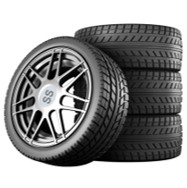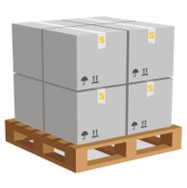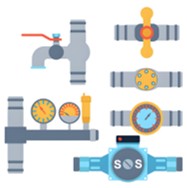
Figuring out wardrobe dimensions may seem akin to unraveling an enigma
- Detecting your shape metrics is step one toward precision
- Get correct chest, waist and hip stats to pick the right size
- Examine the maker's fit table for accurate choice
Refrain from using size stickers only because they misrepresent Choose instead to compare your personal figures with the chart. Uncovering your look takes iterative personal trials.
Revealing secrets of fit maps
Sizing chaos in garments troubles customers internationally. Navigating fit tables often feels like working through a challenge, because markers vary from maker to maker across markets. Even so, smart techniques and care will untangle the measurement maze.
- Primary step: identify whether the brand follows US, EU, UK or Asian norms. Often these include US, UK, European and Asian formats.
- Subsequently, match the exact bust, waistline, hip and length data. Crosscheck the chart numbers with your personal figures.
- In conclusion, follow the label's size recommendations for nuances. Seller guides may include pointers, exceptions and sizing hints.
Pinpointing perfect sizing during purchase
The domain of garment numbers often causes bewilderment. Sizing tags are inconsistent so medium sizes may not match. Inconsistency comes from diverse sizing templates companies apply. Begin with accurate self gauging before consulting charts. Secure a tailor's tape to measure chest, waist and hip values. Shun exclusive dependence on a habitual size label. Within one label, styles may alter how a size performs. Uncovering the correct size can mean sampling several styles.

Weighing standard sizing against custom solutions
Choosing dimensions for fixtures often requires standard or custom picks. Both options carry clear pros and cons. Predefined sizes offer ease of purchase and cost advantages. Custom sizing fits irregular spaces or specific functional demands
- Review needs against available funds before settling on size
- Record exact dimensions of the area or yourself
- Study vendors and product variants to find the best match
In conclusion the best fit choice corresponds to your needs.
Getting comfortable with global size equivalences
Migrating across regional and maker size charts may perplex buyers. Luckily, charts and calculators simplify cross-system translation. Start out by mapping basic garment and shoe measurement standards. Reference conversion tables for matching sizes across regions. Note that body type and proportions guide ideal selections. Read shoppers' comments and fitting tips to inform your choice.
How to decode sizes and pick the right fit
Sifting through sizing systems can be overwhelming. Designers commonly adopt independent measurement schemes, nevertheless these guidelines provide practical help for shoppers.
- Begin with correct self-measurement using a flexible tape
- Thereafter, confirm your dimensions with the provided size map
- Keep body shape in view since contours alter fit outcomes
Ultimately testing actual garments remains the most reliable way to confirm fit.
An extensive guide to both men's and women's fit ranges
Shopping without trying on increases sizing ambiguity for buyers. Therefore here is a consolidated guide to both male and female sizing. Whether buying pants, blouses or dresses these rules guide you.
- Primarily, be aware sizing shifts between labels and territories
- Subsequently, capture waist, hips, bust and chest numbers correctly
- In the end, select a larger size if you're between two entries
With these recommendations you can tackle sizing charts securely. Enjoy your shopping experience!

Figuring out kids' sizes: guidance for caregivers
Finding the correct kid's size often feels demanding. Children's quick growth cycles mean constant size updates. Use the brand's measurement table and ignore age guesses. Take chest, waist and height measurements to select sizeMastering body measurements: bust, waist and hips
Achieving an ideal fit requires knowing your exact body measures. Employ a tailor's tape with a helper to capture exact numbers. Keep an even posture with relaxed shoulders and feet spaced
A comprehensive tour of size labels from XS to XXL
The current world of sizing contains many inconsistencies. Because brands differ dramatically, consistent sizing is elusive. A detailed review of ranges helps decode these complexities. Next we will examine how letters and sizes translate to fit!
Honouring bodies of all sizes

Recognising diverse bodies rejects narrow beauty standards. It requires overturning standards that define one correct size. Let's cultivate environments that validate every shape and size.
- Select habits that promote acceptance and healthy self-view Size Chart Opt for daily practices that reinforce body love Commit daily to encouraging body acceptance and love Prefer actions that cultivate self-acceptance and respect
- Never forget that charm comes in many silhouettes and scales
- Challenge media and messages that endorse restrictive standards
- Decide each day to celebrate body kindness and positive views
